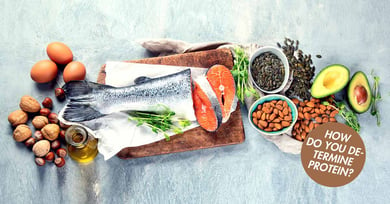
A Small Overview and Comparison
The protein content in food and feeds is one of the parameters that are commonly analysed within most routine control samples in a food laboratory. Generally, the two most used reference methods/technologies are the wet chemistry method after Kjeldahl and the combustion method after Dumas.Over the last thirty years, the Dumas combustion method for analysing protein content in food has been gaining popularity against the classic Kjeldahl method which has been the dominant method since the late nineteenth century (1883). And even though the Dumas method has several advantages over the Kjeldahl method, there is a debate over which of the two main approaches to the Dumas method is better.
Protein determination after Dumas – replacing your Kjeldahl?
LECO's FP828 and FP928 nitrogen determinators are both well-suited for rapidly handling the Dumas method. Determined to settle the question on which method is more precise and offers the most advantages, LECO chemists analyzed many sample types in both an FP828 and an FP928. The 828 Series is designed for small-sample (approximately 250-500 mg) use with tin capsules or foils in a vertical combustion furnace, while the 928 Series uses open ceramic boats with macro sample sizes (up to 3 g, depending on system configuration) with a horizontal combustion tube system.
Read our lates white paper related to protein analysis by comparing both methods, Dumas vs. Kjeldahl, and get a concise overview about the theories of operation and learn how the benefits of a LECO Dumas determinator can impact your workflow.
Read our lates white paper related to protein analysis by comparing both methods, Dumas vs. Kjeldahl, and get a concise overview about the theories of operation and learn how the benefits of a LECO Dumas determinator can impact your workflow.

